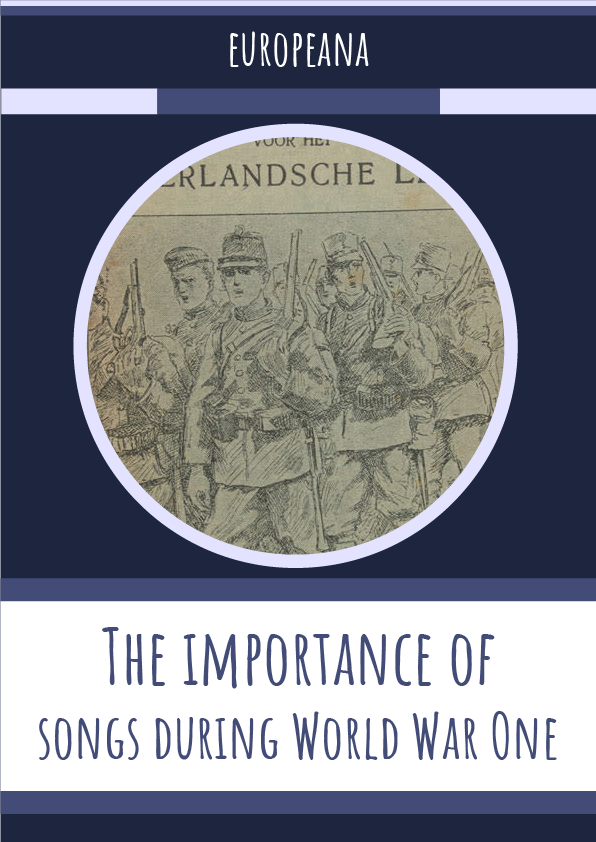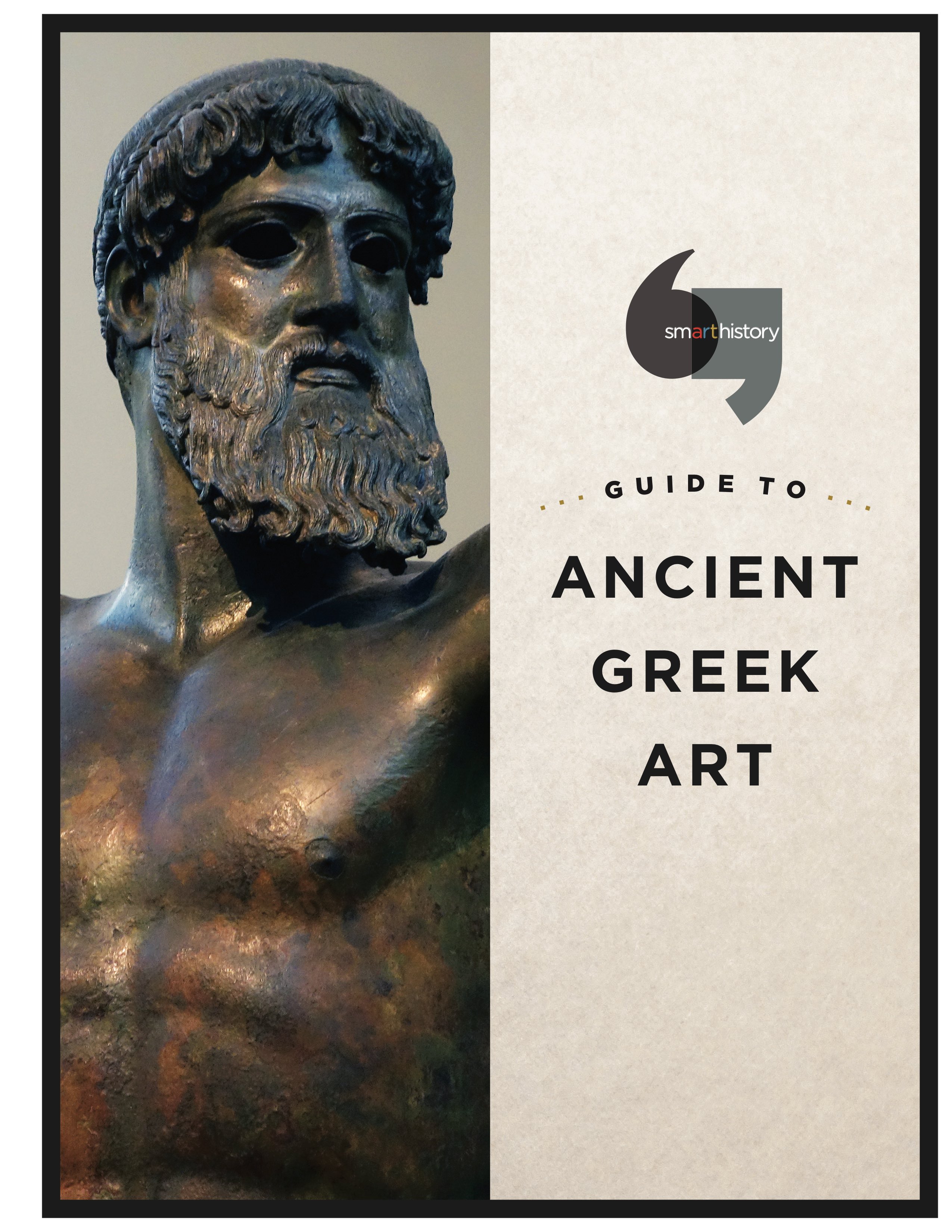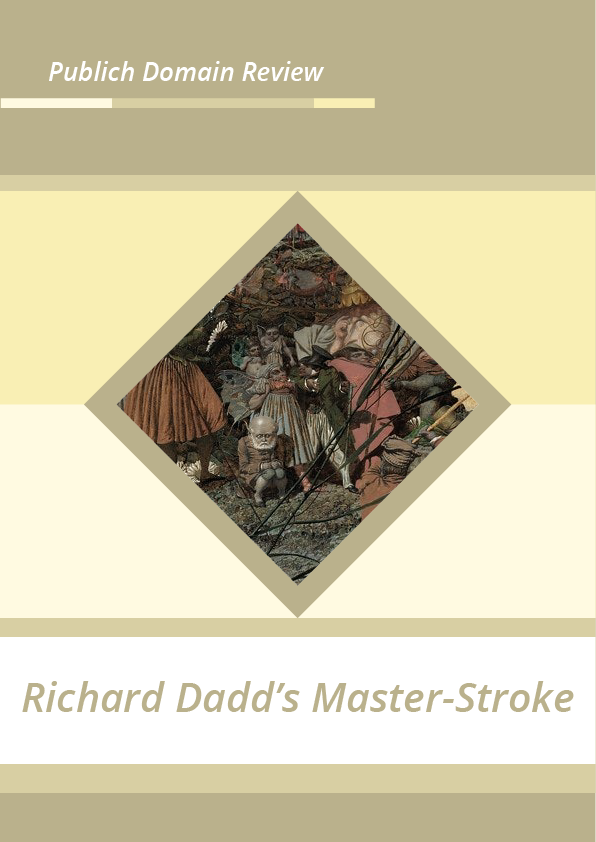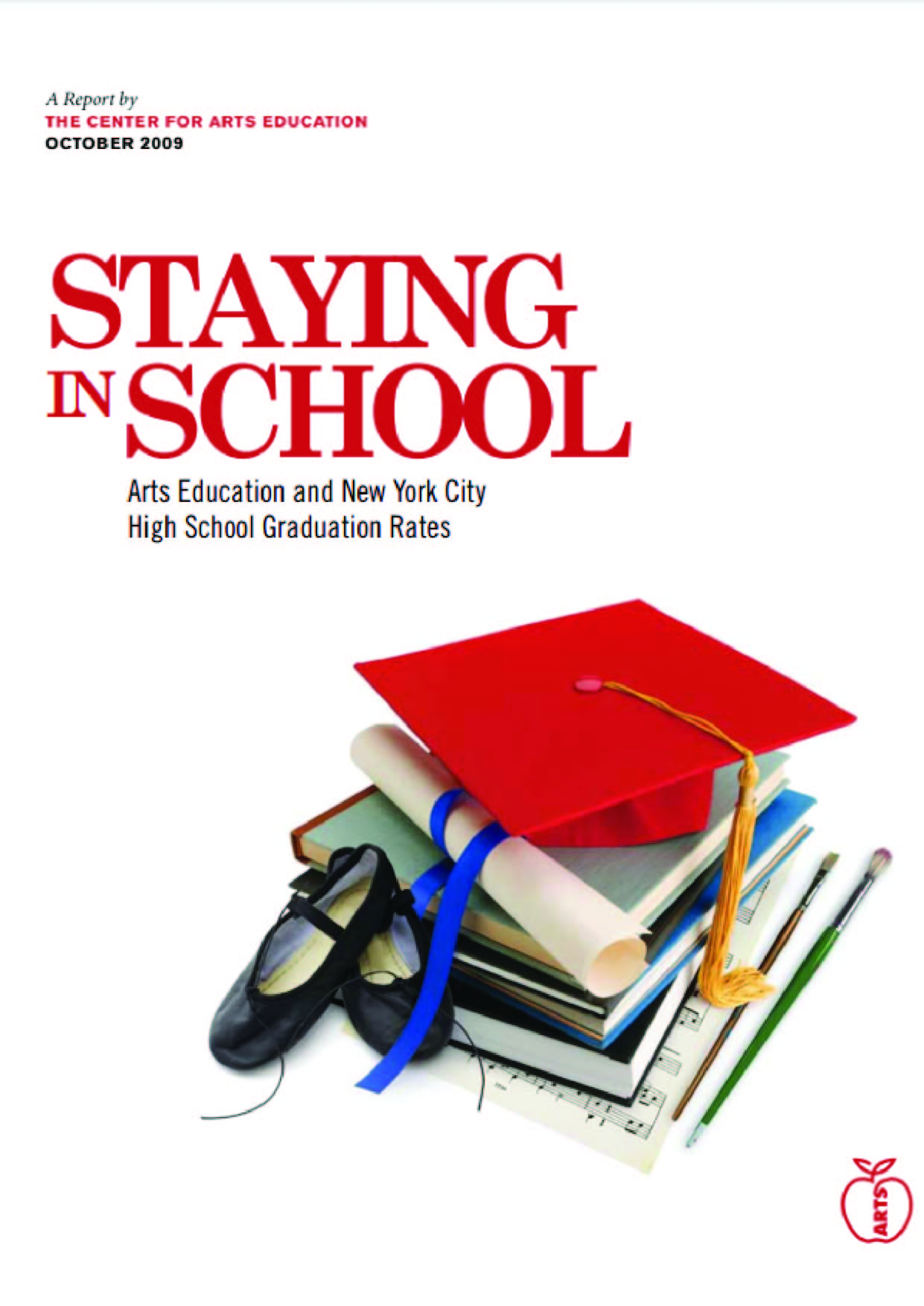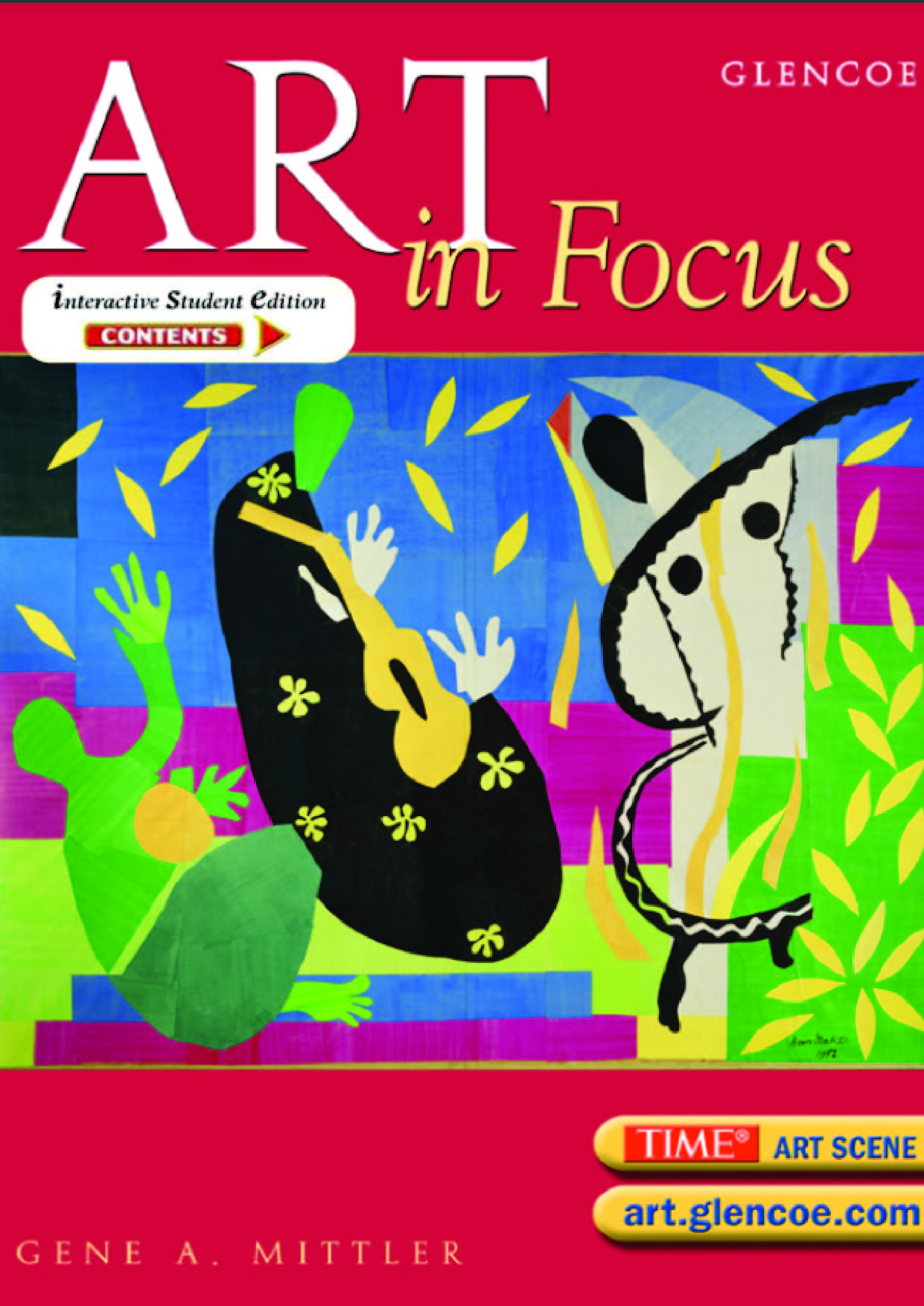Songs were a key part of social life
Whether they had a message or were a simple form of entertainment, songs were a key part of life in society at this the beginning of the 20th century. The songs which would be churned out for popular consumption hailed from a long tradition, stretching back to the Revolution, taking in songwriters such as Béranger and Jean-Baptiste Clément, and they came in all sorts of forms for all sorts of audiences and causes.
Very different in their themes from the traditional religious and children’s songs, the happily-ending romances were the most common on the cabaret stage. Because they were oral by nature, these popular songs were produced and widely heard in the form of very cheap small versions, of which a number took on a new stature from the end of the century by means of illustrations which sometimes bore the signature of great names and which were sold in the street or as a supplement to magazines and daily newspapers. Songs with a social or political message, also lived on, carried by the voices of singer songwriters and contained numerous examples of anticlerical, anarchist and antimilitarist feeling which ran through pre-1914 society.
One may have thought that the First World War, with all its barbarity, might have silenced the songwriters and starved the people of their “thirst for songs”. Not at all. Folks would sing on their way to the front, they would sing in the rear echelons, to stoke up their courage, and despite everything else to entertain themselves. Nevertheless there was a hint, through the new and revisited themes, of the hardship that everyone was experiencing. Out of more than 300 small versions of the songs from the Great War kept at the department of Music of the BnF (French National Library), around 70% (215) came out during 1915 alone, compared to 45 in 1914 and 37 between 1916 and 1918.
During the two first years of the First World War, patriotic songs enjoyed a major resurgence, similar to that seen after the defeat of 1871. Very popular tunes or lyrics such as the Marseillaise or the revolutionary song, the Carmagnole, were often covered. (La Carmagnole du Kaiser, The Carmagnole of the Kaiser) (La française, sur air de la marseillaise, The Frenchwoman to the tune of the Marseillaise) on the label.
Alongside the national anthems of the allied powers, and the traditional “travelling songs”, very many “patriotic songs” which were aimed at uniting the Nation in a tremendous surge of republicanism, bore witness to the principal military movements, in Belgium then in France; the fall of the bastions of Liège and Namur, the siege of Paris and the requisitioning of the taxis for the Marne were recounted with bellicose and vengeful enthusiasm which portrayed the enemy as something to be demonized and ridiculed.
For indeed the “krauts” were accused of being responsible for the worst atrocities throughout the war, such as raping French women and killing children: L’enfant au p’tit fusil de bois, Il est foutu Guillaume!, Gavroche dans la tranchée, Ballade impériale and L’enfant au p’tit fusil de bois
With the war entering a stalemate from the autumn of 1914, the determination and hope for a quick end to the conflict progressively gave way to the harsh reality of the battlefields. References to the dead and wounded would start to appear in the lyrics and on the illustrated covers of the songs which immortalised their contribution to the war. Whilst at the same time, at the Panthéon the talk was of the heroes of Valmy and the Great Army, and even Jeanne d’Arc, to fill the conscripts with the stomach for battle and encourage the youngest to enlist.
Charity work to support the wounded and their families was intensified. From November 1914, with the reopening of the theatres in the rear echelons and the establishment of the army theatres, songs for entertaining started to appear, often full of propaganda or happy sentiments, as an antidote to the boredom experience by the soldiers stuck in their trenches, and as a way of providing them with a form of contact with the rear echelons.
